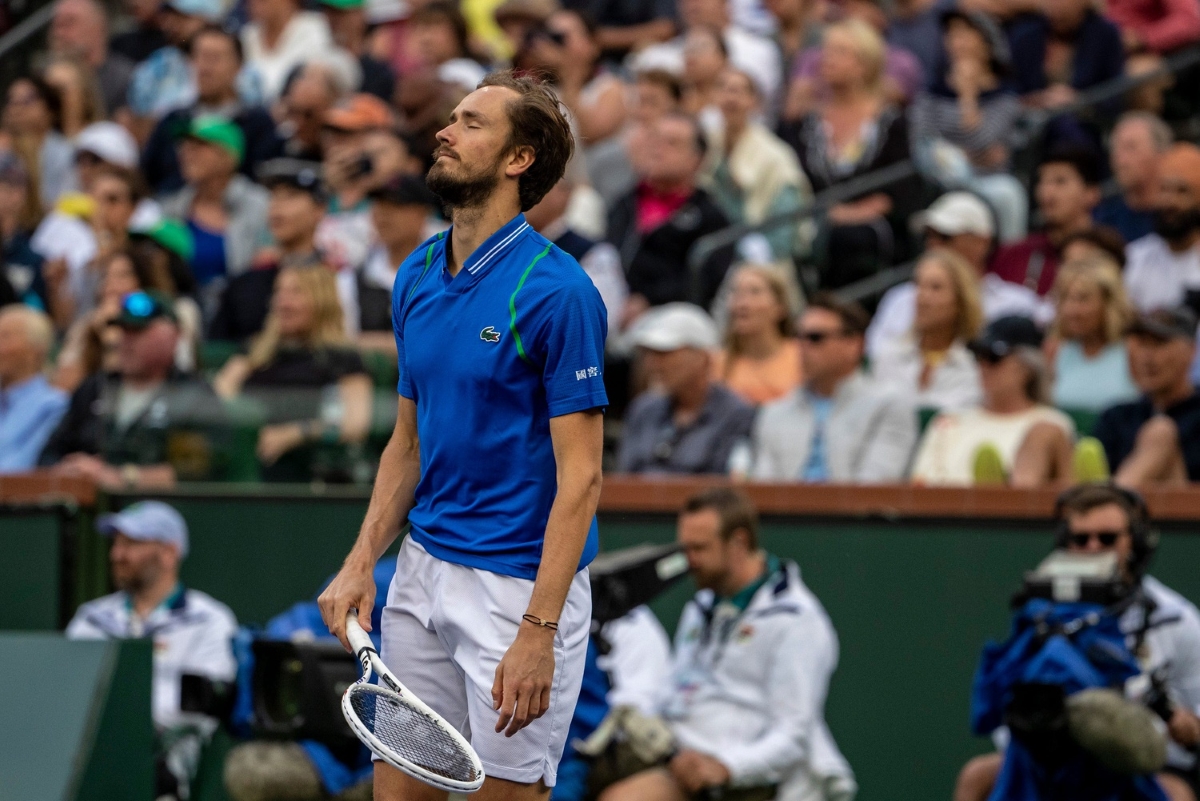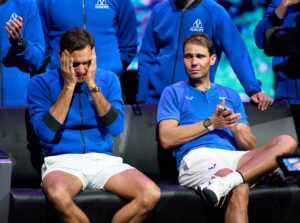In a week where Catherine Whittaker described the use of Dunlop balls as “commercial” and “financial” to Sky Sports it was quite fitting that one of the slowest courts of the season at Indian Wells was on show for all of us to see. Tennis players, as she told us, were complaining that these balls were causing more injuries but less watchable tennis. The irony? During that fortnight, the Australian Open signed a bumper deal with Dunlop. This season the Dunlop balls have been used on both tours week in and week out.
Even at a low level, some tennis balls just aren’t up to scratch. It seems like every club in Scotland plays with the Dunlop Fort balls, despite the Babolat and Head balls being markedly superior, at least in the view of this writer. And if an eighteen and under player playing Grade 3 LTA tournaments notices a difference? Those at a slightly higher level – say the top tier of professional tennis – will probably recognise the difference too.
Sure the ball doesn’t make as big a difference as the surface, however it isn’t far off in terms of importance. You wouldn’t play on the same surface year round, so why the ball?
Indian Wells has never been the fastest court on the tour, but the past ten days it’s felt that bit slower to watch. Would it make sense to introduce a speedy ball to a slow court? A slow ball to a fast court? Probably, but in a sport where post-midnight starts often occur, common sense isn’t always at the forefront.
One man who started this debate was world #6 Daniil Medvedev. He even went as far as claiming that the Dunlop balls were causing injuries. The Russian complained that the balls were like apples during the last two games before the change was mad,e and went on to recount how at the Australian Open he had felt that the Dunlop balls ‘were not good for hard courts, and in the match with [Sebastian] Korda, before the match, I had a very big pain in my wrist, but I thought, ‘okay, that’s my problem, so I’m not going to talk much about it’.
There are admittedly two sides to every argument. Daniil Medvedev may be a defensive baseliner, but he is also a big server who hits a flat ball when he is on the front foot. High bouncing courts and slow balls do not exactly suit him in that regard. Perhaps more to the point, he obviously does not like the balls so to say his motivations are completely free of personal bias would probably be generous.
The real problem is that whilst there is no one-size-fits-all approach, either for the players or the fans, the spread of Dunlop balls across both tours is bringing uniformity where difference has tennis at its best. The most memorable matches don’t tend to be between two mirror images. It’s the different styles and speeds that can make tennis such an exciting watch.
Regrettably, this type of thinking isn’t present in the minds of tennis’ governing bodies. In fact, there does not seem to be much joined-up thinking across the sport whatsoever. After all, tennis officials have already deservedly come under fire this season for having Andy Murray and Thanasi Kokkinakis battling it out in the early hours of the morning in Australia and then the ATP Qatar and WTA Dubai finals happening simultaneously. And maybe therein lies the biggest problem of all. Because there is no one governing body, one decisive voice. And the stark reality is, that whilst that remains true, the issues will only continue to stack up.
Main photo credit: Andy Abeyta/The Desert Sun / USA TODAY NETWORK






